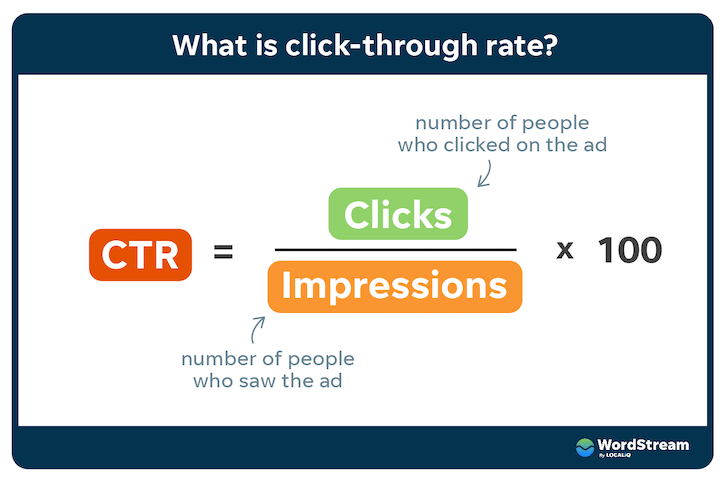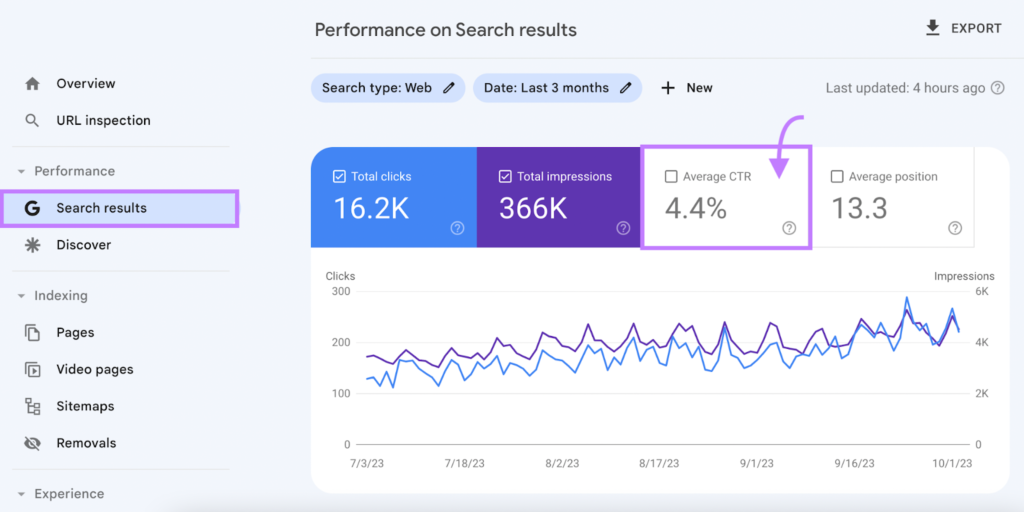CTR vs. Crawl Frequency: SEO Metrics Explained

Understanding Click-Through Rate vs. Crawl Frequency in SEO: Key Differences Explained
Introduction
In the realm of Search Engine Optimization (SEO), understanding key metrics like CTR vs. Crawl Frequency is essential for optimizing website performance. While both metrics are crucial, they serve different purposes and impact your site’s visibility and user engagement in distinct ways. This article delves into the definitions, significance, and key differences between CTR and Crawl Frequency, providing a comprehensive understanding for SEO enthusiasts and professionals alike.
Click-Through Rate (CTR)

Definition:
Click-Through Rate (CTR) is a metric that measures the percentage of users who click on a specific link compared to the total number of users who view the link. It is commonly used to gauge the effectiveness of online advertising campaigns, email marketing, and organic search results.
Formula:
CTR=( Number of Impressions / Number of Clicks )×100Importance in SEO:
- Search Engine Ranking: Higher CTRs can positively influence search engine rankings as they indicate relevance and user interest in the content.
- User Engagement: A higher CTR reflects better engagement with the audience, suggesting that the content or ad copy resonates well with viewers.
- Ad Performance: For paid campaigns, CTR helps in assessing the performance of ad copies and keywords, enabling better budget allocation and strategy adjustments.
Strategies to Improve CTR:
- Compelling Headlines: Craft engaging and relevant headlines that attract user clicks.
- Meta Descriptions: Write informative and appealing meta descriptions that provide a clear summary of the content.
- Use of Rich Snippets: Implement rich snippets to enhance the visibility of search results with additional information like reviews, ratings, and images.
Image: Example of High CTR Search Result

Crawl Frequency

Definition:
Crawling or Crawl Frequency refers to the rate at which search engine bots visit and index pages on a website. It is a critical factor in ensuring that new or updated content is quickly discovered and reflected in search engine results.
Factors Influencing Crawl Frequency:
- Website Authority: Higher authority sites tend to be crawled more frequently.
- Content Updates: Regularly updated content encourages search engines to crawl the site more often.
- Internal Linking: Effective internal linking helps bots navigate and discover new content more efficiently.
- Sitemap Submission: Submitting an updated sitemap ensures search engines are aware of all pages on the site.
Importance in SEO:
- Timely Indexing: Regular crawling ensures new content is indexed promptly, making it available to users sooner.
- SEO Health: Consistent crawl frequency helps maintain the overall SEO health of a website by ensuring all pages are indexed and up-to-date.
- Detecting Issues: Frequent crawls can help in identifying and rectifying technical issues like broken links or duplicate content faster.
Strategies to Improve Crawl Frequency:
- Regular Content Updates: Keep your site dynamic with fresh and relevant content.
- Optimize Server Performance: Ensure fast load times and minimal server errors to facilitate smooth crawling.
- Use Robots.txt Wisely: Properly configure the robots.txt file to guide bots to important pages while blocking irrelevant ones.
Image: Diagram Showing Crawl Process

Key Differences Between Click-Through Rate and Crawl Frequency
| Aspect | Click-Through Rate (CTR) | Crawl Frequency |
|---|---|---|
| Definition | Measures user clicks on a link relative to impressions | Measures how often search engine bots visit a website |
| Primary Focus | User engagement and ad performance | Indexing and updating content in search engines |
| Importance | Affects search engine ranking and ad campaign success | Ensures timely indexing and SEO health |
| Influencing Factors | Quality of headlines, meta descriptions, ad copy | Website authority, content updates, internal linking |
| Optimization Strategies | Compelling headlines, meta descriptions, rich snippets | Regular content updates, server optimization, sitemaps |
Agile Agile Methodology AsyncStorage Dependency Inversion Principle Gutenberg Hooks Integration Testing JSON justify content center Justify text Migration Mindset Node Npm ObjectOriented design Performance Testing PHP React Js React Native React Native Buttons React Native Elements React Native Error React Native IOS React Navigation redux redux-persist redux-persist-react-native-async-storage Regression Testing Security Testing SOLID principles Unit Testing useDispatch User Acceptance Testing UAT WordPress WordPress Simplification WordPressVip WP Block Patters WP Gutenberg WP Gutenberg Patterns
Conclusion
Both Click-Through Rate and Crawl Frequency play pivotal roles in the success of an SEO strategy, but they focus on different aspects of website performance. CTR is more about user interaction and the effectiveness of your content in attracting clicks, while Crawl Frequency is concerned with how often search engines update their index with your site’s latest content. By understanding and optimizing both metrics, you can enhance your site’s visibility, user engagement, and overall SEO health.
By keeping track of these metrics and implementing the suggested strategies, you can significantly improve your website’s performance in search engine results, driving more traffic and achieving better engagement with your audience.

